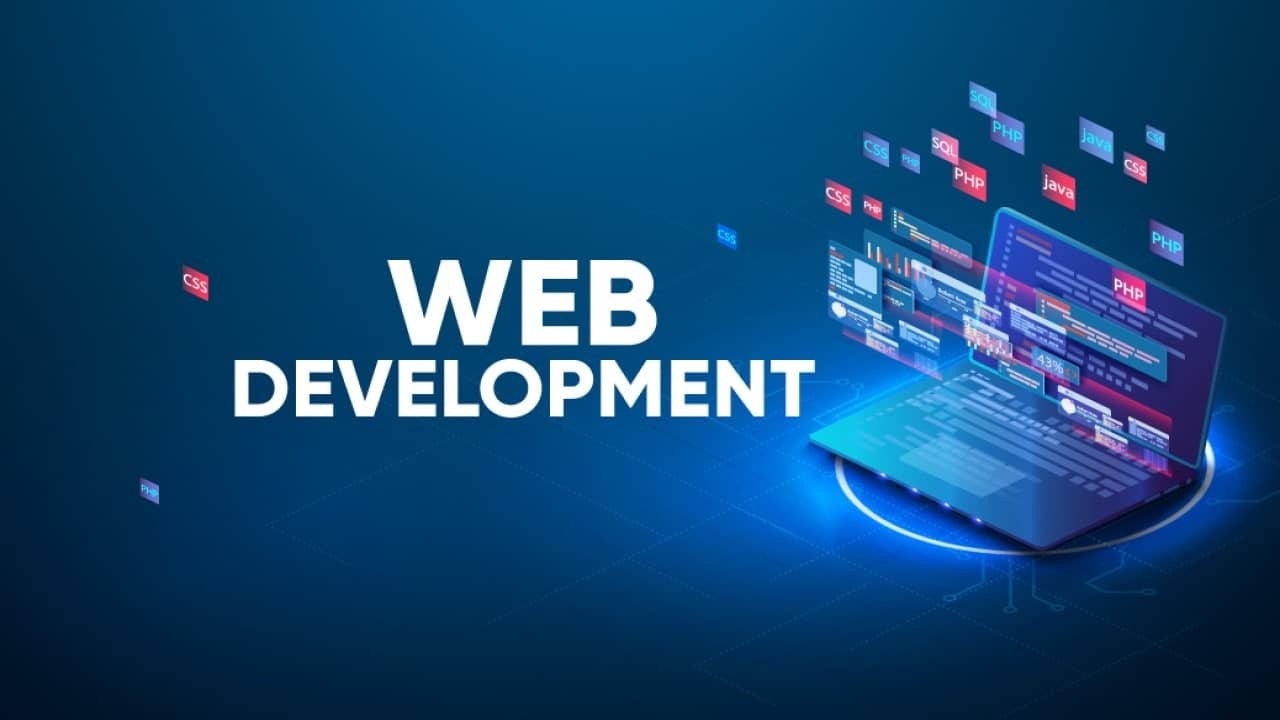
Introduction: Web development is a constantly evolving field that drives the way we interact with the digital world. As technology advances, new trends and best practices emerge, reshaping how websites are built and experienced. This blog explores the latest trends in web development, highlights essential best practices, and discusses innovative approaches that are setting the stage for the future.
1. Current Trends in Web Development:
a. Responsive Design and Mobile Optimization: With the majority of web traffic coming from mobile devices, responsive design has become a necessity. Websites must be optimized for various screen sizes and devices to ensure a seamless user experience. Mobile-first design principles and adaptive layouts are critical for meeting user expectations and improving site performance across all platforms.
b. Progressive Web Apps (PWAs): Progressive Web Apps offer a hybrid approach between web and mobile applications, providing users with a more app-like experience directly from their browsers. PWAs deliver fast loading times, offline capabilities, and push notifications, making them an excellent choice for enhancing user engagement and retention.
c. Artificial Intelligence and Chatbots: AI and chatbots are becoming increasingly prevalent in web development. AI-driven tools can enhance user experience through personalized content recommendations and predictive analytics. Chatbots provide instant customer support and streamline interactions, improving overall site functionality and user satisfaction.
2. Essential Best Practices in Web Development:
a. Prioritize User Experience (UX): A positive user experience is paramount for website success. Focus on intuitive navigation, clear calls to action, and a clean design to ensure that users can easily find and interact with your content. Conduct usability testing and gather user feedback to continuously refine and improve the UX.
b. Implement SEO Best Practices: Search Engine Optimization (SEO) is critical for driving organic traffic to your website. Optimize your site’s structure, use relevant keywords, and create high-quality content to improve your search engine rankings. Ensure that your website is also technically sound with proper meta tags, alt text for images, and a mobile-friendly design.
c. Ensure Fast Loading Times: Page speed is a key factor in user experience and search engine rankings. Optimize images, leverage browser caching, and minimize HTTP requests to enhance loading times. Tools like Google PageSpeed Insights can help identify areas for improvement.
3. Innovations Shaping the Future of Web Development:
a. WebAssembly (Wasm): WebAssembly is revolutionizing web development by allowing developers to run high-performance code on the web. It enables applications written in languages like C, C++, and Rust to be executed in the browser, leading to faster and more complex web applications.
b. Serverless Architecture: Serverless computing allows developers to build and run applications without managing server infrastructure. This approach simplifies deployment, scales automatically, and reduces costs by only charging for actual usage. Serverless functions are ideal for handling backend tasks and integrating with various services.
c. Motion UI and Advanced Animations: Motion UI and advanced animations enhance the visual appeal and interactivity of websites. By incorporating animations, transitions, and micro-interactions, developers can create engaging and dynamic user experiences that capture attention and improve usability.
Conclusion: The world of web development is constantly advancing, driven by technological innovations and changing user expectations. By staying current with emerging trends, adhering to best practices, and embracing new technologies, developers can create websites that are not only functional and user-friendly but also forward-thinking and competitive. Embrace these trends and innovations to ensure your web development projects meet the demands of today’s digital landscape and set the stage for future success.

